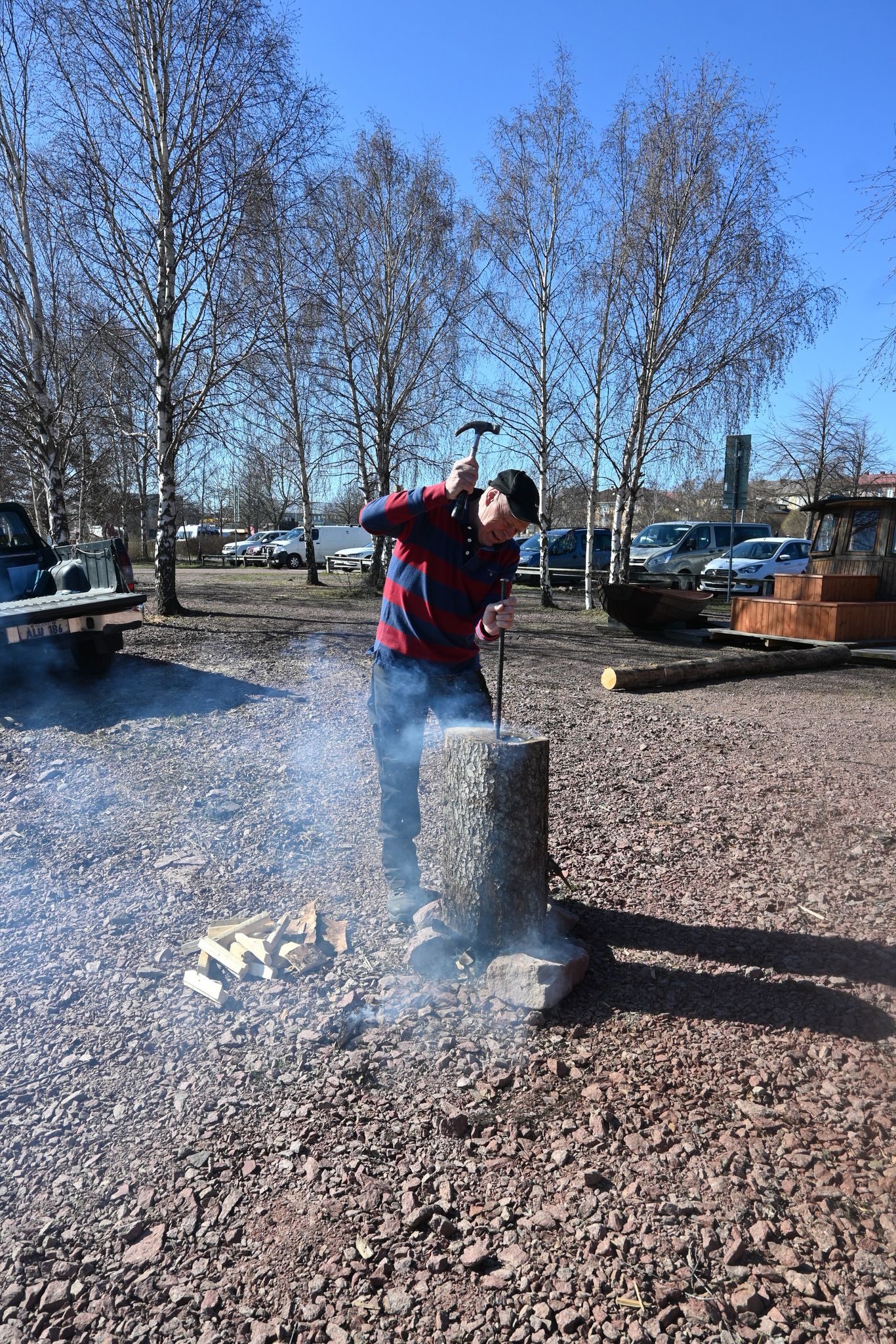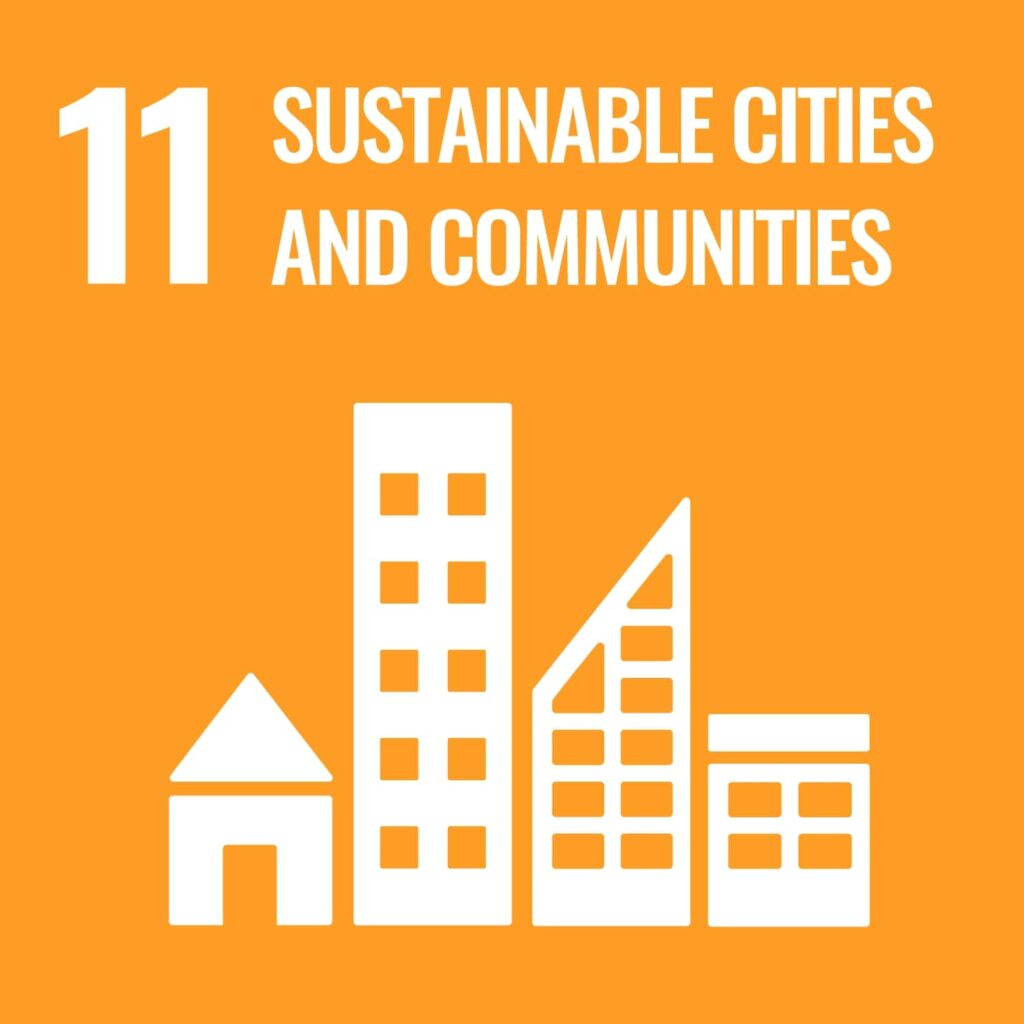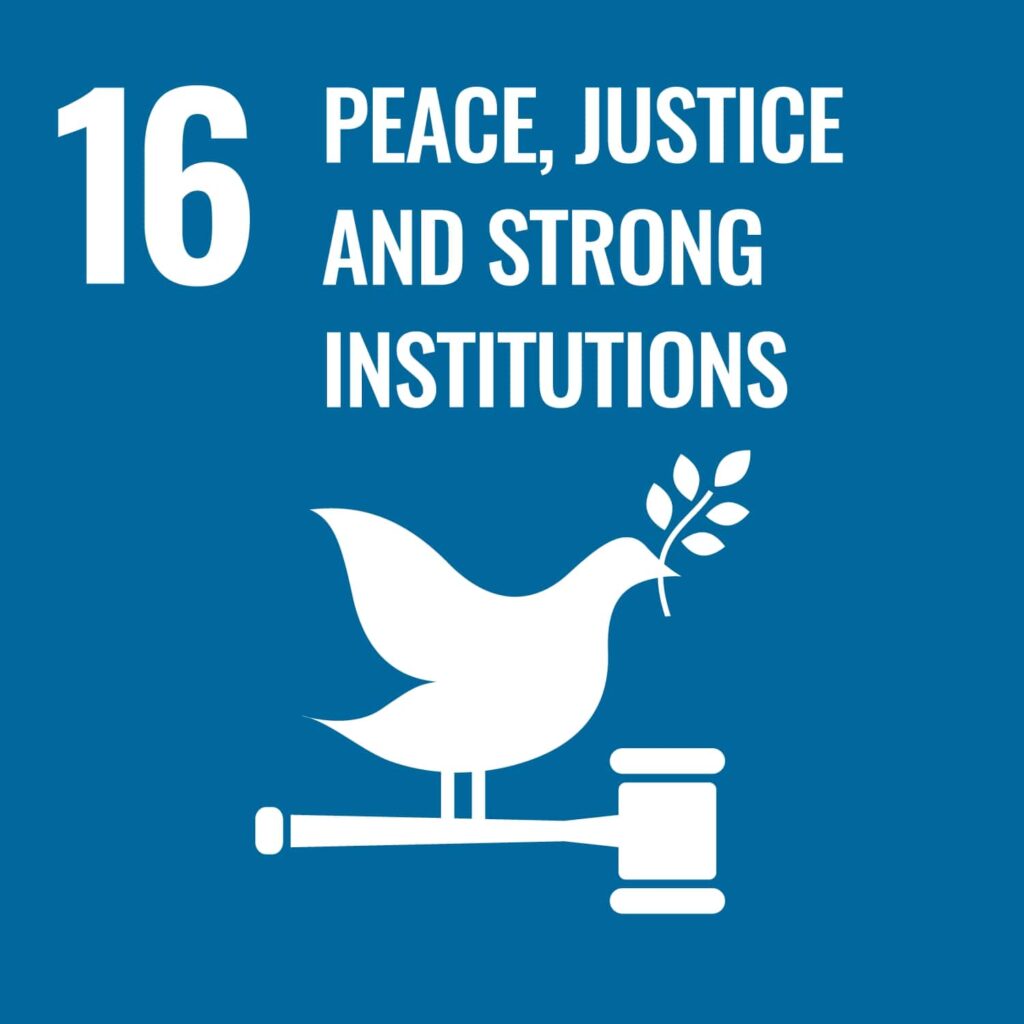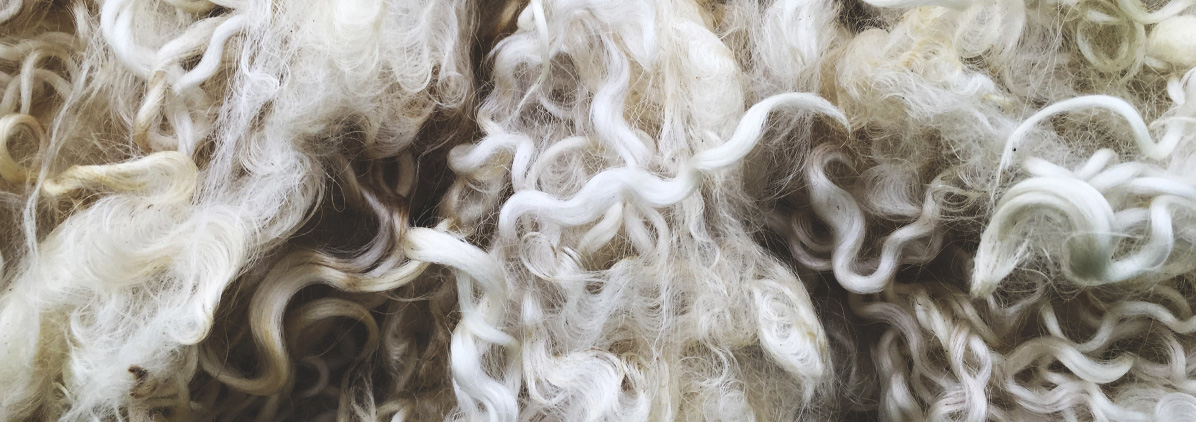

Åland Islands are located between southern parts of Finland and Sweden and embraced by the Baltic Sea. In addition to the main island, there are several smaller islands that create the Åland Archipelago with its uniquely beautiful flora and fauna, including numerous species of sea birds. One of these species is the common merganser (Mergus merganser) that has also been hunted. In recent years, number of common mergansers has diminished, and more attention has been brought to support the species by making birdhouses and, in Åland Archipelago, bringing them on the outer islands
Living alongside seaside nature involves that the Åland island inhabitants have traditionally hunted sea birds and, in earlier times, also collected eggs for food. In part these traditions have been found controversial, and since 2020 spring hunt of the common merganser (Mergus merganser) has been officially banned. However, the bird hunt tradition also involved that the hunters made birdhouses that were distributed on outer islands to support the nesting of the birds. Along ceasing bird hunt, the making and distribution of birdhouses diminished, too, creating a more hostile environment for the common merganser. In the pilot project, organised by Åland’s Hunting and Fishing Museum and Archipelago Pares, an organisation founded for wildlife and environmental protection, the practice of making birdhouses and bringing them on the islands was taken up again and brought to greater attention. The pilot project aimed to transfer knowledge and skills about the traditional method of making birdhouses for the common merganser and knowhow about placing them on islands, thus safeguarding the living heritage of life with other species and contributing to the biodiversity of the outer archipelago of Åland.
Led by Åland’s Hunting and Fishing Museum and partnered with Archipelago Pares, the project organised workshops to make traditional birdhouses and showcase the process. Making of birdhouses for the common merganser is specific because of the size of the bird. The spread of wings of an adult bird can stretch up to 95 centimetres. Traditionally, a sturdy tree trunk is used, ideally one that has started decaying from inside. The trunk is then hollowed by burning, which makes the inside sufficiently dim for nesting. Moreover, thermally treated wood withstands decay particularly well in outdoor conditions. The process was documented with photos and a video.
During the popular spring event, the Tar Market, celebrated in Mariehamn, the capital city of Åland, there was organised a public display of making birdhouses through burning, some also made from fresh tree trunks, of which the inside was then scorched to give the thermo-treatment. The demonstration was met with a lot of interest from the audience. Elder people gathered to the display area reminiscing about how they had used to make the birdhouses, and many young adults expressed their interest in wildlife management and to learn about making birdhouses. It even turned out that quite a many of the onlookers would have wanted to buy one of the birdhouses and bring it home.
The workshop and the public display were held on weekends in central places so organising them was relatively uncomplex, although finding time still appeared as a bit of an issue. A bigger challenge was to find timeslots for bringing the birdhouses to the outer islands. For staff members of the museum such a trip would have counted as work hours, but for the voluntary organisation Archipelago Pares timeslot needed to be found in the active members’ spare time. Of course, the weather had to be right, too, and the timing right so that any visit to the outer islands would not disturb the birds’ nesting.
Birdhouses were placed in two locations in the outer archipelago, one in east well outside the main island and one west of the island and Eckerö, hometown of Åland’s Hunting and Fishing Museum. As the outer islands where the birdhouses are placed typically have rocky shores and are often treeless (the Swedish word ‘skär’ referring to ‘skerry’), the birdhouses are erected on the ground, securing they cannot fall and with stone slabs put to cover the top serving as a roof.
With help of the photos and the video recording of the workshop, there also was created a display that was set up in the museum to illustrate and increase awareness about this practice to support sea birds’ life in the archipelago.
From the pilot organiser’s viewpoint, one of the key result was that the process of traditional making of birdhouses for the common merganser through burning got documented and built into a display at the museum. Importantly, the pilot project strengthened cooperation with Archipelago Pares, a fairly new and enthusiastic wildlife association, and opened a new form of interacting with audience on the occasion of the annual Tar Market event in Mariehamn by demonstrating the traditional method of making birdhouses for sea birds.
The immediate response from partner organisations and the public was a notable success, rekindling interest in the traditional practice and in protecting wildlife in the area. The pilot project also resulted with plans for biannual events and future initiatives with the partnership with Archipelago Pares. Cooperation contributes to sustain and transfer the knowledge and skills for making and maintaining birdhouses in the traditional way. The display proved that the activity brings together both older generations to share of their experience and younger generations to learn about local heritage. The public display was also picked up by the local newspaper.
The project laid a solid foundation for continuing cooperation and interacting with the public audience. In part with help of the documented process, the museum can even offer their own workshops or public displays of the craft. Moreover, the pilot project inspired members of the local community to sustain the heritage of supporting the common merganser with a safer nesting environment. The project contributed to Sustainable Development Goals 11 (Sustainable Cities and Communities), 15 (Life on Land), and 16 (Peace, Justice and Stronger Institutions).
Pilot project manager: Åland’s Hunting and Fishing Museum https://www.jaktfiskemuseum.ax/ together with Archipelago Pares https://aprf.ax/



